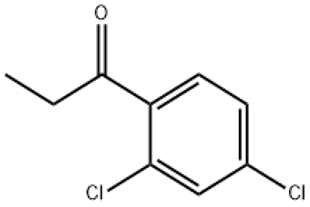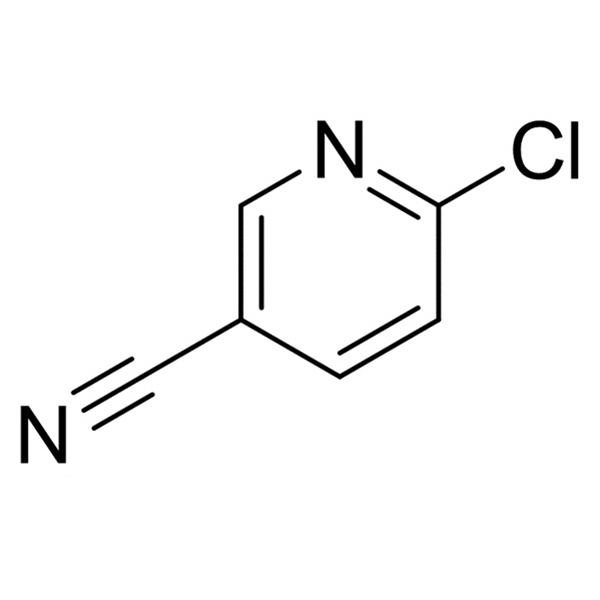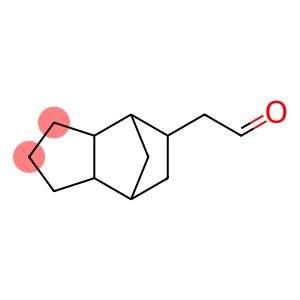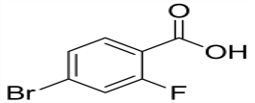2 4-Dichlorophenylacetone(CAS# 37885-41-9)
| Hazard Symbols | Xi – Irritant |
| Risk Codes | 36/37/38 – Irritating to eyes, respiratory system and skin. |
| Safety Description | S37/39 – Wear suitable gloves and eye/face protection S26 – In case of contact with eyes, rinse immediately with plenty of water and seek medical advice. |
Introduction
1-(2,4-Dichlorophenyl)-1-propanone, chemical formula C9H8Cl2O, is an organic compound. The following is a description of its nature, use, preparation and safety information:
Nature:
-Appearance: 1-(2,4-Dichlorophenyl)-1-propanone is a colorless to light yellow liquid.
-Density: Its density is about 1.29 g/mL.
-Melting Point: The melting point of 1-(2,4-Dichlorophenyl)-1-propanone is approximately between -5°C and -3°C.
-Boiling point: Its boiling point is between 169°C and 171°C.
-Solubility: 1-(2,4-Dichlorophenyl)-1-propanone is soluble in organic solvents such as ethanol, acetone and dimethylformamide.
Use:
-Chemical synthesis: 1-(2,4-Dichlorophenyl)-1-propanone is widely used in organic synthesis and is often used as a reagent in research and laboratory.
-Drug synthesis: It is also used as a raw material for the synthesis of certain drugs and drug intermediates.
Preparation Method:
1-(2,4-Dichlorophenyl)-1-propanone can be prepared by the following method:
-In the presence of alkali, 2,4-dichlorobenzaldehyde is reacted with acetone to generate 1-(2,4-Dichlorophenyl)-1-propanone.
-Sodium hydride and 2,4-dichlorobenzaldehyde can be used for hydrogenation in acetone to prepare 1-(2,4-Dichlorophenyl)-1-propanone.
Safety Information:
- 1-(2,4-Dichlorophenyl)-1-propanone is a chemical and should be stored properly and in accordance with appropriate safe operating procedures.
-It is a volatile organic compound and should be kept away from open flames and high temperatures to avoid fires and explosions.
-Personal protective equipment such as appropriate respiratory protective equipment, chemical protective clothing and gloves should be worn during use to prevent contact and inhalation.
-It is necessary to maintain good ventilation conditions during use to avoid the accumulation of harmful gases.
-If inhaled or in contact with skin and eyes, rinse immediately with water and seek medical help.








